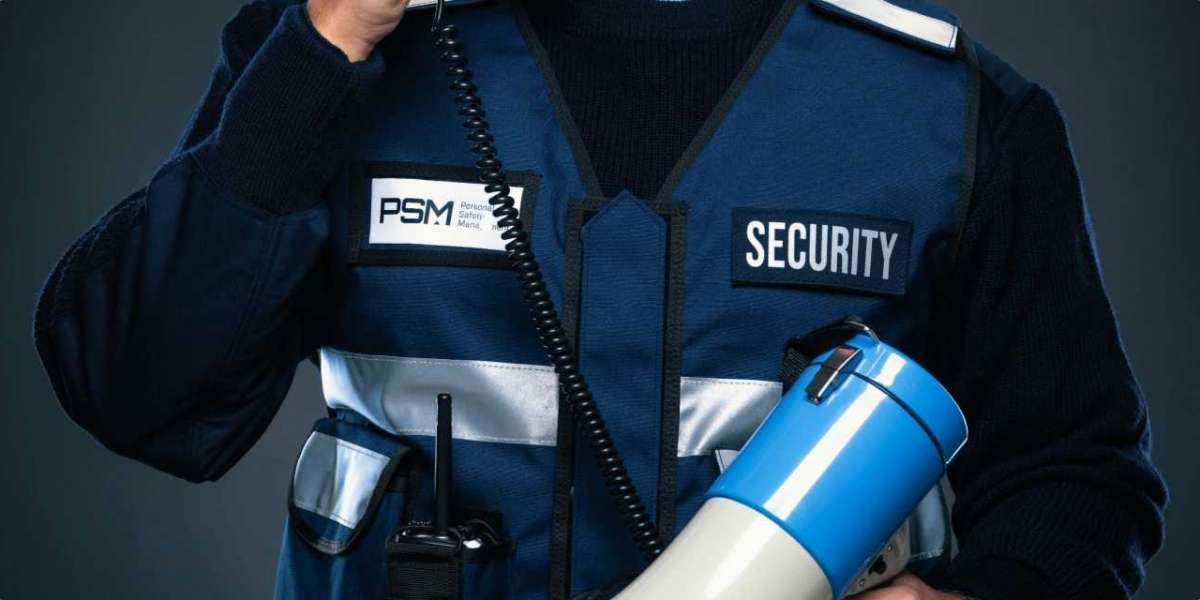In Dubai’s fast-paced spaces, selecting the right entry control matters for safety, flow, and budget. This guide compares turnstiles and manned entry, with concrete angles from real-world projects and daily operations.
What you’re balancing: speed, security, and cost
Turnstiles offer automated flow and can deter casual breaches, while manned entry adds human judgment for complex access scenarios. The best choice often blends both, tailored to building use, peak times, and risk tolerance.
How turnstiles work in practice
Turnstiles are physical barriers that permit a controlled number of people per minute. In Dubai, they’re common in office towers, transit hubs, and luxury complexes where predictable footfall matters. Mechanical or optical sensors detect authorized cards, biometrics, or codes, opening the lane briefly when clearance occurs.
Pros of turnstiles
Fast throughput during peak hours, reduced need for on-site crowd control, and clearer data on traffic patterns. They also limit tailgating in high-security zones and are easier to audit for occupancy.
Cons of turnstiles
Initial installation can be costly, maintenance is ongoing, and bespoke setups may struggle with unusual access requests (guests, contractors, or temporary passes). Some users find them impersonal or confusing during emergencies.
In practice, a two-lane setup with one lane reserved for staff and one for visitors keeps flow smooth while preserving security. A small “break glass” option is useful for emergencies or maintenance windows.
How manned entry works in practice
A staffed desk or reception checks IDs, issues passes, and guides visitors. In Dubai, front desks often handle multiple languages and VIP access with a quick verification routine. This method excels at nuanced access control but depends on staffing levels and shift coverage.
Pros of manned entry
Flexible, customer-friendly, and capable of handling exceptions on the spot. Staff can verify identities, assist guests, and escalate security concerns in real time.
Cons of manned entry
Higher ongoing costs, potential bottlenecks during peak hours, and greater risk of human error or fraud if processes aren’t strict. Dependence on shifts can create gaps in coverage.
Many Dubai sites adopt a hybrid approach: turnstiles handle standard flows, while a staffed desk manages visitor registration and special access. This keeps lines moving and preserves control over sensitive areas.
Decision framework: when to choose turnstiles, when to choose manned entry
Make your choice based on traffic, risk, and user experience. Here’s a practical framework to apply during planning or procurement.
- Assess peak flow: if the site sees 2,000+ people per hour, turnstiles usually keep queues predictable.
- Evaluate risk: high-security zones benefit from dual controls (biometrics + staff) or fully automated dual barriers.
- Consider guest management: events, contractors, and deliveries run smoother with a staffed desk handling access codes and temporary passes.
- Plan maintenance windows: ensure a backup option (manual access or supervisor override) for emergencies.
In mixed-use environments, a split setup works wonders: turnstiles for routine entry, with a staffed lobby for exceptions and visitor processing. This reduces friction for tenants and visitors alike.
Companies selecting PSM security services notice faster incident response and cleaner visitor flows. Professional posture at the entrance sets the tone for the day.
Cost and reliability snapshot
Dubai projects vary widely, but typical ranges help with budgeting. The numbers below illustrate relative costs and uptime expectations.
| Factor | Turnstile-based | Manned entry |
|---|---|---|
| Capital cost (per lane) | Moderate to high | Low to moderate |
| Ongoing operating cost | Low maintenance, power; software updates | Staff wages, benefits, training |
| Throughput at peak | High with proper design | Depends on staffing |
| Flexibility for exceptions | Low without overrides |
Another snapshot helps compare risk and user experience in one glance.
| Aspect | Turnstiles | Manned entry |
|---|---|---|
| Security control | Consistent, auditable | Contextual, adaptive |
| Guest handling | Limited without guard | Excellent |
Practical setup tips for Dubai sites
Concrete steps help align tech with daily operations. Focus on user experience, maintenance, and clear escalation paths.
- Start with a mixed layout: 70% turnstiles for routine entry, 30% staffed access for guests and exceptions.
- Provide multilingual signage and clear standby instructions for new visitors.
- Pair biometric readers with a robust visitor management system for smoother onboarding.
- Ensure emergency override and manual access routes are tested quarterly.
Case considerations by building type
Different environments in Dubai favor different mixes. Here are quick sketches of typical setups.
| Type | Recommended mix | Notes |
|---|---|---|
| Corporate towers | Turnstiles + 2–3 staffed kiosks | Handles tenants and guests efficiently. |
| Residential complexes | Turnstiles with concierge support | Nice balance of privacy and control. |
| Hospitals | Hybrid with clear public zones | Security plus accessibility for patients/families. |
Implementation checklist
A practical checklist keeps the project on track from design to daily operation.
- Map peak times and common access scenarios.
- Choose a scalable system that supports future growth.
- Define guest and contractor workflows explicitly.
- Set maintenance SLAs and test emergency procedures.
Final take: still undecided?
For many Dubai sites, the answer isn’t a binary choice. A well-designed hybrid approach delivers reliable flow, measurable security, and a welcoming experience for visitors. Start with a pilot in a high-traffic lobby, gather feedback, and adjust lane types and staffing accordingly.














